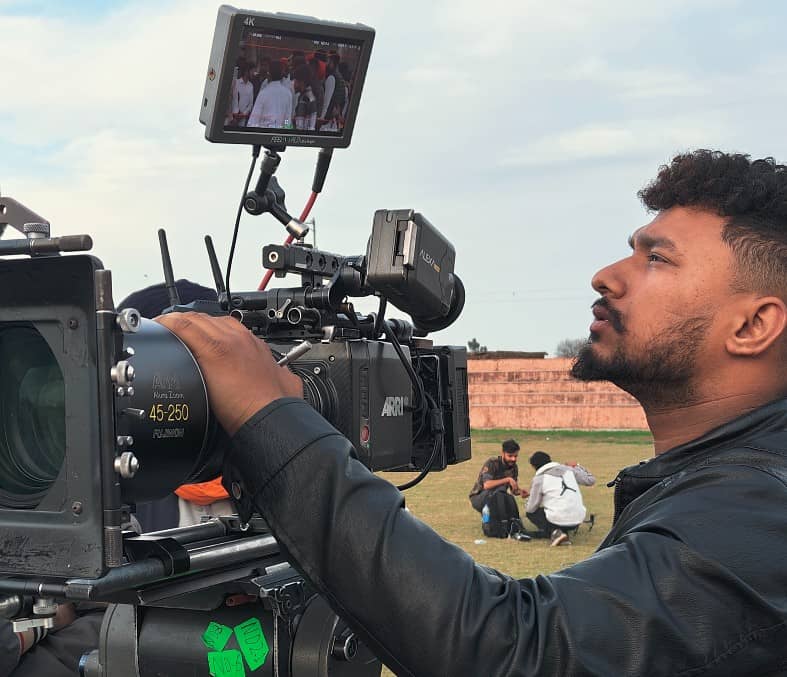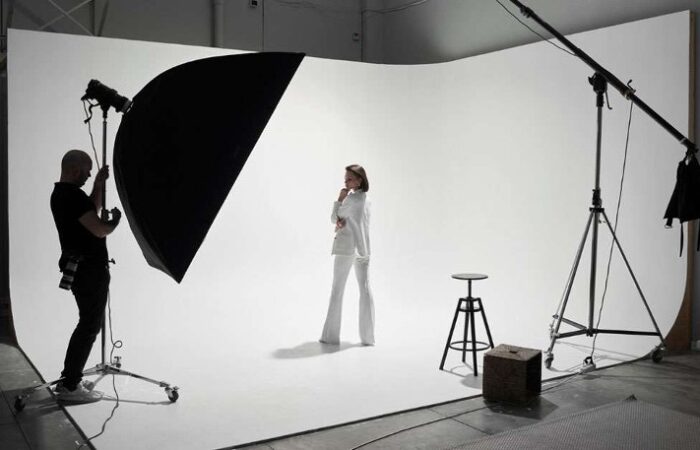In today’s digital age, visual content has become an indispensable part of any successful business strategy. From capturing the essence of your brand to showcasing products or services, professional photography can make or break how your business is perceived. But with so many photographers out there, how do you choose the right one for your business?
This guide will walk you through the key considerations, helping you make an informed decision and address common pain points to ensure your business gets the best value from your investment in photography.
How Do You Choose The Right Photographer For Your Business?
1. Understand Your Photography Needs
The first step to finding the right photographer is to clearly define what you need. Different types of photography require different skills. Here are some common categories:
- Product Photography: Great for e-commerce or catalogs, focusing on detailed, high-quality shots of your products.
- Corporate/Business Portraits: Ideal for company websites, LinkedIn profiles, or promotional materials.
- Event Photography: If you have a conference, trade show, or corporate event, you’ll need someone experienced in capturing live moments.
- Lifestyle/Brand Photography: For businesses that want to showcase their products or services in use, adding a narrative to the imagery.
Common Pain Point: “I hired a photographer, but they didn’t understand my vision.”
Solution: Before hiring, have a clear brief ready and share it with potential photographers. This will save both of you time and ensure you’re on the same page.
2. Research And Compare Portfolios
Photographers showcase their work through online portfolios. Take your time to explore their style and skill level. Pay attention to the following:
- Consistency: Does the photographer’s style match what you’re looking for?
- Variety: Can they handle different settings, lighting conditions, or subject types?
- Specialization: Some photographers may focus on specific niches, such as food photography, corporate shoots, or portraiture.
Common Pain Point: “The photographer’s past work looked amazing, but my photos were mediocre.”
Solution: Don’t just skim through a handful of images. Review multiple projects to ensure consistent quality. Look for work similar to what you want to achieve.
3. Check Reviews & Testimonials
Beyond the portfolio, reviews and testimonials can provide insight into a photographer’s professionalism, punctuality, and work ethic. What you’re looking for are patterns in feedback:
- Did past clients mention good communication?
- Was the photographer able to meet deadlines?
- Were there any issues during the project, and if so, how were they resolved?
Common Pain Point: “The photographer was talented but unprofessional.”
Solution: Read reviews on third-party platforms like Google, Yelp, or specialized photography directories to ensure objectivity. Don’t hesitate to ask the photographer for references from previous clients.
4. Evaluate Their Communication Skills
The ability to communicate is just as important as technical skills. A photographer should be able to understand your vision and provide creative input while ensuring the technical aspects are covered.
During your initial conversations, gauge how well they listen, ask questions, and clarify your needs. A good photographer will take the time to discuss:
- Your brand’s identity and how you want to communicate it visually.
- The specific message you want to convey with the photos.
- Timelines and expectations for the final product.
Common Pain Point: “The photographer didn’t seem to understand what I wanted, and the final photos didn’t meet my expectations.”
Solution: Ensure they ask detailed questions about your goals and offer solutions to challenges, such as lighting, location, or styling.
5. Assess Their Technical Expertise
Photography is as much about technology as it is about creativity. A skilled photographer should be well-versed in:
- Camera and lens knowledge: Different equipment is better suited to different types of shoots.
- Lighting techniques: Both natural and artificial lighting play a key role in producing high-quality images.
- Editing skills: The post-production process can make a huge difference in the final outcome.
Common Pain Point: “The photos didn’t look as professional as I hoped.”
Solution: During your discussions, ask about the equipment they use and the level of editing included. Ensure they have experience with the specific type of photography your business requires.
6. Discuss Pricing Transparently
Pricing can vary widely based on the photographer’s experience, the complexity of the shoot, the number of final images, and post-production work. Common concerns include hidden fees or unclear contracts. Ask about:
- Package details: What’s included in the price? How many images, hours of shooting, and revisions?
- Usage rights: Do you have full rights to the images? Are there additional fees for commercial use?
- Travel costs or additional expenses: Are these included, or will they be extra?
Common Pain Point: “I didn’t expect to be charged for extra edits or licensing fees.”
Solution: Get a detailed quote with all terms outlined in writing. Discuss usage rights upfront, particularly if the photos will be used in marketing or online ads.
7. Plan For The Future
A long-term relationship with a photographer can benefit your business in the future. Once you’ve found a professional who understands your brand and delivers high-quality work, they can continue to support your evolving needs.
- Consistency: Maintaining the same photographer ensures visual consistency across your marketing materials.
- Trust: Having a trusted photographer makes the process smoother and quicker, as they’ll already understand your brand’s aesthetic.
Common Pain Point: “I keep switching photographers, and my brand looks inconsistent.”
Solution: Look for a photographer who is open to long-term collaboration. Once you’ve found the right fit, building that relationship can streamline future projects.
8. Schedule A Shoot Test
Before committing to a major project, consider scheduling a smaller, test shoot. This allows both you and the photographer to see how well you work together. It’s a great way to:
- Test communication skills.
- See if they understand your vision.
- Evaluate their technical abilities.
Common Pain Point: “I committed to a photographer, but I wasn’t happy with the results.”
Solution: A test shoot allows you to assess the photographer’s ability to meet your expectations without a large upfront investment.
Conclusion: Making The Right Choice
Choosing the right photographer for your business requires more than just finding someone with a camera. By understanding your needs, thoroughly reviewing portfolios, and assessing communication and technical expertise, you can find a photographer who will not only deliver high-quality work but also be a valuable partner in building your brand.
By addressing common concerns—such as unclear expectations, inconsistent results, or hidden fees—this guide should help you navigate the process with confidence. The right photographer can elevate your business and leave a lasting impression on your audience.
Are you ready to take your business to the next level with professional photography? Contact BOOM MEDIA PRO today for a consultation, and let’s discuss how we can bring your brand’s vision to life with compelling visuals!
 +9196469-63319
+9196469-63319 +917717267625
+917717267625 contact@boommedia.pro
contact@boommedia.pro


